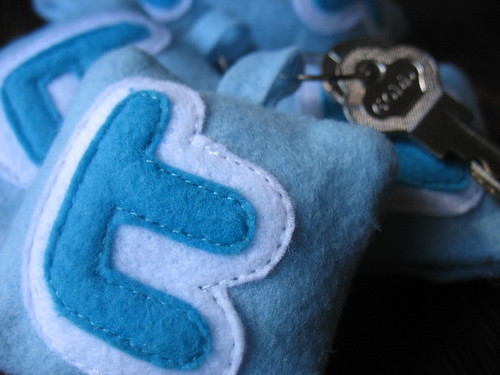Twitter rose to fame in 2007 as a hip, 140-character “microblogging” network. The free service has a multitude of uses, including social/professional networking, live blogging, news sourcing, and pure communication. Some professionals have struggled using Twitter, attempting to strike a balance between business and personal, while developing or maintaining their personal brand.
Developing your account
- Your Handle: Your Twitter handle (username) is how you are found and identified on Twitter, so it should reflect you. Simplicity is usually the way to go (i.e., your name).
- Your Avatar: Your avatar, the small photo that shows up next to your tweets, should be professional – not the default picture. This is how you are recognized as a human and not a computer! A recent, appropriate headshot is a great choice.
- Your Bio: The bio is an important way for other “tweeple” to identify with you. This should be a short “elevator pitch” – or a 30-second “who you are” and “what you do.” If you are an expert in a field – say so!
- Your Privacy: Leave your account public in order to increase traffic to your page and expand your network.
Using your account
 Be Consistent: Linking your tweets to Facebook and other updates is a simple way to make your brand more cohesive and to update all of them more often. Have a message and communicate it to your audience. Stay on message and “in character” – your brand should be reflected in person, online, in and out of the office.
Be Consistent: Linking your tweets to Facebook and other updates is a simple way to make your brand more cohesive and to update all of them more often. Have a message and communicate it to your audience. Stay on message and “in character” – your brand should be reflected in person, online, in and out of the office.- Be Interactive: It’s important to tweet personal thoughts to connect with your followers, but also tweet relevant industry information and updates. Use the @ symbol to tweet specific people and make sure you answer tweets to maintain relationships.
- Be Relevant:Update your account regularly to be a reliable source of up-to-date information for others to seek out. Following and tweeting others in the same field positions you as a constant source of industry information.
Basics
- Use hashtags (#word) to allow others users to search a term and find your tweet.
- Connect with other professionals in your field.
- Locate yourself on your profile.
- Link to your blog or website.
- RSS your Twitter feed to your blog or personal website.
- Customize your background to reflect your brand.
- Research before tweeting – being credible is key.
- Share relevant images/videos from your phone or online.












